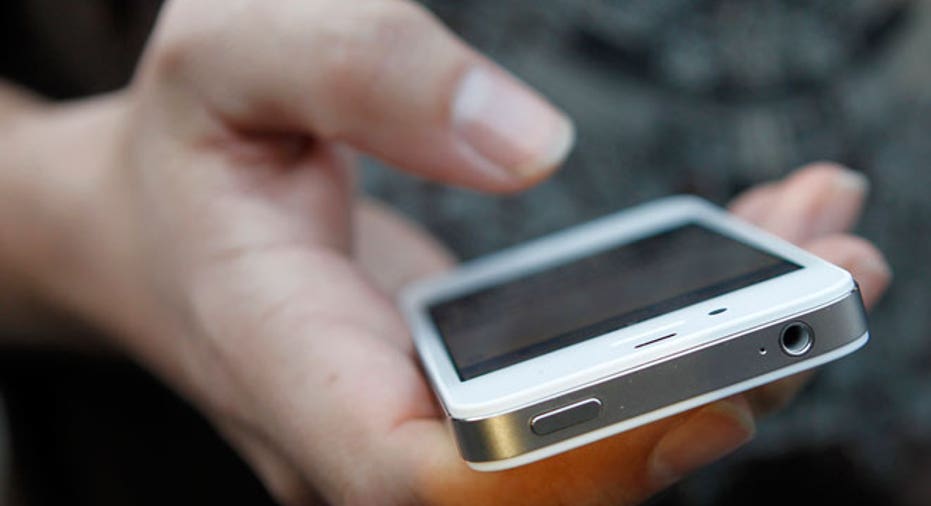For Apple's Next iPhone, Don't Expect Big Changes

Apple Inc. plans to break with its recent pattern of overhauling the design of its flagship iPhone every two years and make only subtle changes in the models it will release this fall, according to people familiar with the matter.
Among other things, those people said, Apple's newest phones will maintain the current 4.7-inch and 5.5-inch displays. Those are the sizes of the larger-display models Apple introduced in 2014, and refreshed with newer models last fall.
The biggest planned change in this year's phones is the removal of the headphone plug, which will make the phone thinner and improve its water resistance, said people with that matter. The Lightning connector will serve double-duty as a port for charging the phone and for connecting headphones, they said. KGI Securities analyst Ming-Chi Kuo said he expects the new iPhone, without the headphone plug, to be one millimeter thinner than the current iPhone.
Apple plans bigger design changes for 2017, the 10th anniversary of the original iPhone. Those changes could include an edge-to-edge organic light-emitting diode, or OLED, screen and eliminating the home button by building the fingerprint sensor into the display, according to people familiar with the matter.
An Apple spokeswoman declined to comment.
In the past, Apple has introduced new iPhones on a "ticktock" cycle. Apple delivers major design changes every other year—the "tick" years—followed by software improvements and hardware refinements in the "tock" years. It isn't clear whether this year's shift is a temporary or permanent departure from this pattern.
Either way, it comes at a precarious moment for the iPhone, Apple's most important product, accounting for two-thirds of the company's revenue. Apple is dealing with the first decline in iPhone sales in the product's history as demand slows and once-torrid markets like China cool.
At a meeting with an Apple executive last month, one of the company's China-based engineers asked why this year's model lacked a major design change in keeping with Apple's usual two-year cycle. The answer, one person at the meeting recalled, was that the new technology in the pipeline will take time to implement.
People familiar with the matter said some features that Apple hopes to integrate into iPhones, such as curved screens, weren't ready for this year's models.
Prior big design changes to the phone helped create buzz around the new models and spur sales by enticing existing iPhone customers to upgrade. Apple's latest phones—the iPhone 6S and 6S Plus—haven't generated as much excitement, in part because they closely resemble the previous year's models.
The introduction of larger-display phones in 2014 triggered a surge in sales, with iPhone sales rising 37% in the fiscal year ending September 2015. In the prior year, when Apple introduced the iPhone 5S with a near identical design to the iPhone 5, iPhone sales increased 13%.
In a note to clients last week, Credit Suisse analyst Kulbinder Garcha said he expects "muted" sales increases for the forthcoming models because he expects them to be a "modest upgrade" to the existing phones. Mr. Garcha said he expects a "super cycle" for the following year.
Horace Dediu, founder of Asymco, an independent analysis firm focused on the mobile industry, said many consumers buy new phones when they are due for an upgrade under the terms of their wireless plan, without much concern for new features or design changes. While other companies try to entice consumers to upgrade phones with new features, he said Apple "marches to the beat of a different drummer."
To be sure, Apple has delivered meaningful improvements to the iPhone even in years when it didn't change the phone's look. For example, it added a fingerprint sensor to the iPhone 5S, but that didn't alter the look of the device.
The models introduced last year, while the same size as their predecessors, included faster processors, new touch-screen features and better cameras. Apple tried to capture the changes with its marketing slogan for iPhone 6S and 6S Plus: "The only thing that's changed is everything."
For years, Apple Chief Design Officer Jony Ive has expressed a desire for the iPhone to appear like a single sheet of glass, according to people familiar with the matter. The current design ideas for the 2017 iPhones are expected to push the handsets in that direction by eliminating much of the bezel around the display, with the OLED screen.
Apple hasn't finalized the designs for next year's phones, so it's possible that these ideas may not be implemented, they said.
By Daisuke Wakabayashi and Eva Dou



















